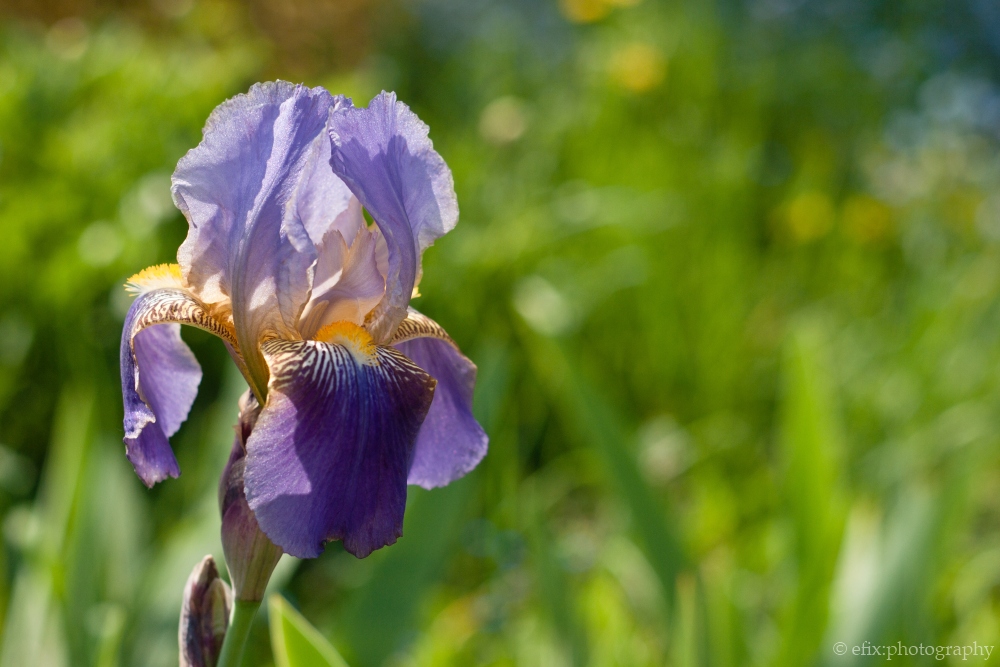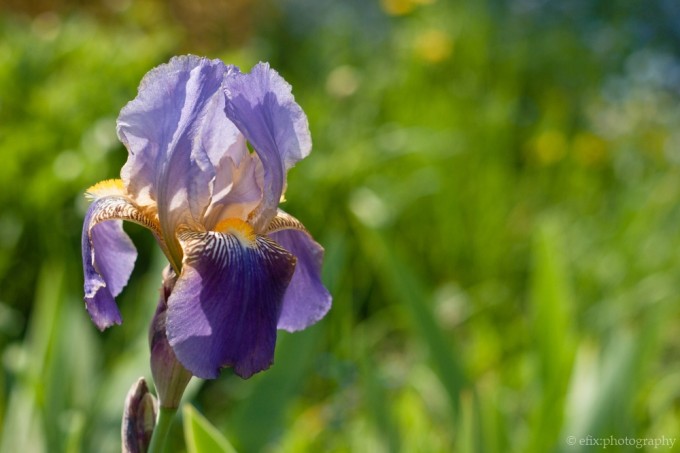
Being a user of both the Micro Four Thirds and Leica M system, it was evident for me to try out my well-proven M-glass also on my Micro Four Thirds bodies. Due to their very short flange-back-distance (i.e. distance between lens mount and sensor), Micro Four Thirds cameras can mount pretty much every lens ever desgined for film and digital—be it minute 16mm cine lenses or huge and chunky 6×9 medium format lenses. With the help of an appropriate adapter, any lens that can be focused manually can be put to work on an MFT body. So, besides getting an adapter to use the lenses of my old Pentax ME film camera, I also got one for my Leica M lenses. Unfortunately, however, the very cheap execution of the model I bought prevents focusing any lens to infinity…so, until I get hold of a proper adapter, all I can do with my M glass at the moment are close-ups. There is one lens in my setup, however, that lends itself exceptionally well at this: the 50mm f/2 Zeiss Planar ZM.
History Lesson: the Heritage of the Zeiss 50mm Planar ZM
In the world of Leica glass (and with that I mean all lenses that can be mounted and focused on Leica M-mount bodies), the Zeiss Planar has the reputation of being one of the best standard normal lenses ever made. It’s amazingly sharp even wide open, has very nice bokeh, and the typical Zeiss contrast and color rendition. In these days where every manufacturer is using aspherical glass to create ever “better” optics, Zeiss lenses with their all-spherical design somewhat stand out as oddballs. One wonders all the more how such an “old-school” lens as the Zeiss Planar can be such a strong performer, if it takes so much aspherical and ED and ultra-low-dispersion glass to make a decent lens.
Well, the answer is quite simple: the Zeiss Planar’s optical formula is not only comparatively uncomplex, with six elements in four groups, but also has a history of more than a century, during which it could be improved up to a point where it was as perfect as it gets. This also explains why it is on par optically with the much more expensive Leica 50mm Summicron—the two use essentially the same “Double Gauss” design, with only minute differences.
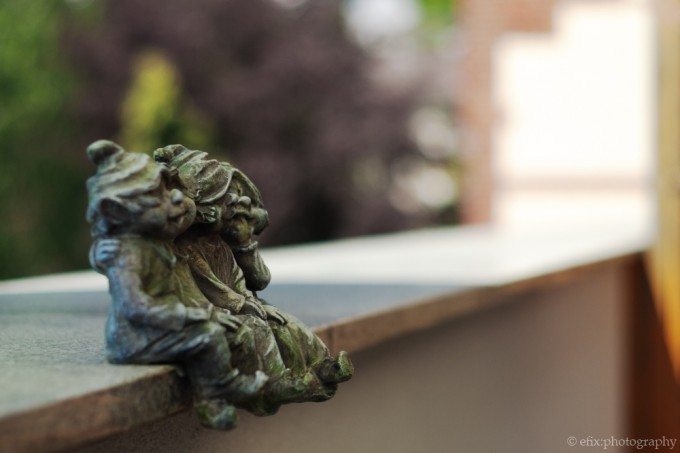
But enough of the history lesson and tech-talk, and back to this article’s actual topic: using the lens on a Micro Four Thirds camera. While I have always been very fond of the Planar on my M8, its performance on Micro Four Thirds left me with somewhat mixed feelings. Sure, the nice colors and contrast are there, but there is something about the sensor in the M8 that makes the images from this lens look magic—which the first-generation MFT sensor in the E-P1 and G1 lacks.
But nonetheless, mounting the Planar to a Micro Four Thirds camera makes for a very nice and compact package that is perfectly capable of taking stunning pictures. Due to the Micro Four Thirds system’s crop factor of 2x, the 50mm Planar acts like a 100mm lens would on 35mm full-frame. Together with its fast f/2 initial aperture, this makes the combination ideal for portraiture and close-ups. Since I am not much of a portrait photographer, my examples in this article will be limited to the latter.
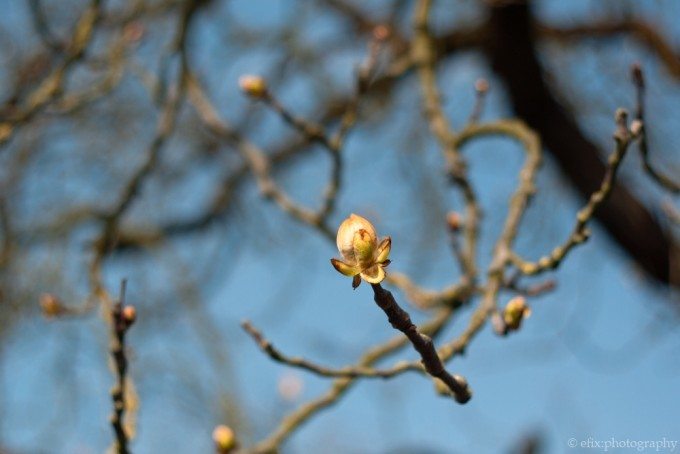
Using the Zeiss 50mm Planar ZM on Micro Four Thirds Bodies
The Planar has one small drawback, though. Since it was conceived for the M-mount rangefinder system, its close-focusing abilities are limited—to .7 meters (2.3 ft). This is due to the fact that most M-mount cameras’ rangefinder mechanisms are only set up to focus down to that distance, the Zeiss Ikon being the only exception (that I know of) with a .5 meter (1.64 ft) near-focus limit. So there’s no taking macro shots with the Planar on either the M8 or the E-P1. But thanks to the 2x crop factor of the Micro Four Thirds system, your subjects appear twice as close as they would on 35mm full-frame. So despite its rather long close-focusing limit of .7 meters, paired with a Micro Four Thirds body, the Planar is capable of taking some very nice close-ups nonetheless.

Size- and handling-wise, the Planar feels much more balanced on the larger Panasonic G1 and other bigger bodies. Due to its all-metal construction and considerable amount of glass, it is rather heavy— the G1’s pronounced grip helps a lot here. The many protruding parts of the G1 (EVF/flash, grip) also make it look much more balanced. The E-P1, on the other hand, is difficult to hold steady with the Planar mounted: again, the G1’s EVF makes things a lot easier here. Also, the weight of the lens will cause the E-P1 to tip over, whereas the G1 won’t. Style-wise, the E-P1 is the camera to mount the lens on, of course. Its beautiful, rangefinder-esque retro design fits the classic appearance of the Planar much better than the much more modern, DSLR-like styling of the Panasonic G1.
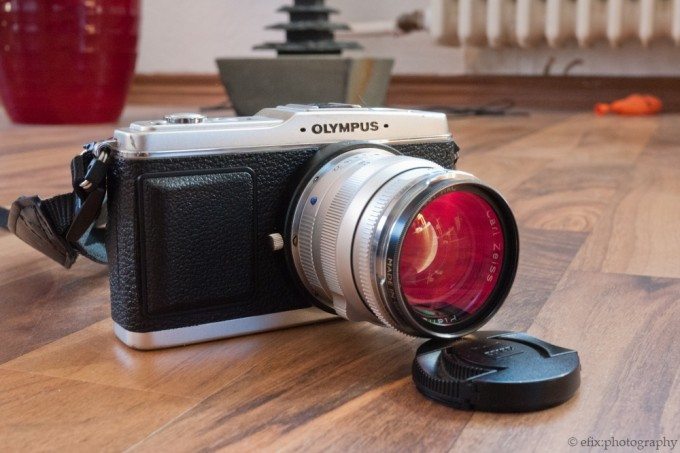
Focusing is also a lot easier with the G1 than with the E-P1. On the E-P1’s low-res 230k dot monitor, you have to use the magnification feature to properly focus the lens, no matter whether it’s wide open or stopped down. Since you have to hold the camera at arms length in front of your body, it’s hard to hold the camera still and keep the correct distance. So I strongly recommend using either a tripod or a wall or pole (where available) to stabilize the E-P1 when using it with the Zeiss Planar. On the G1, however, things are completely different. Not only does the EVF help with stabilizing (making good for the lack of internal IS), but also did I find that I hardly needed the magnification feature to focus the lens correctly — thanks to the G1’s EVF’s high 1.44 million dot resolution.
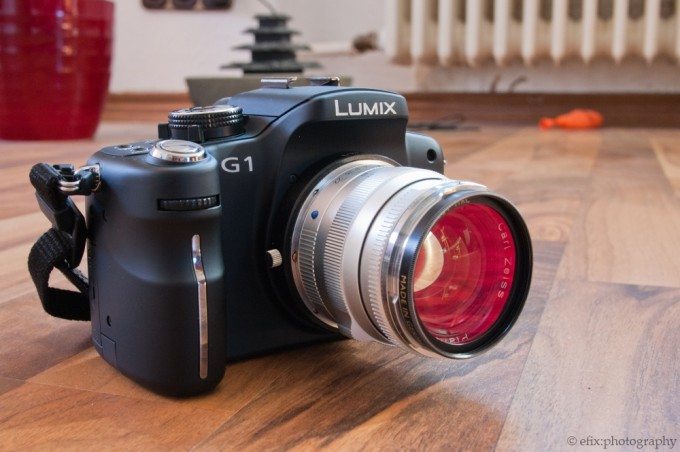
Some Final Remarks
At the end of the day, the G1 clearly is the winner. While the E-P1 creates much nicer and much more usable JPEGs straight out of the camera, the G1 is the camera that lends itself at being used with adapted lenses. When the 50mm Planar is mounted to the G1, and the tiny little Lumix 20mm pancake lens is mounted to the E-P1, this makes for a great two-lens two-body walkaround kit that covers both moderate wide-angle and short telephoto. While the resulting images of the Planar + Micro Four Thirds combination lack the clarity and detail of the pictures I get with my Leica M8, it does have its charms, and I would use this combo any day for portraiture, close-ups and details shots. The colors, contrast and bokeh are equally pleasing when used on Micro Four Thirds as they are on the Leica.
Verdict? A winning combination!



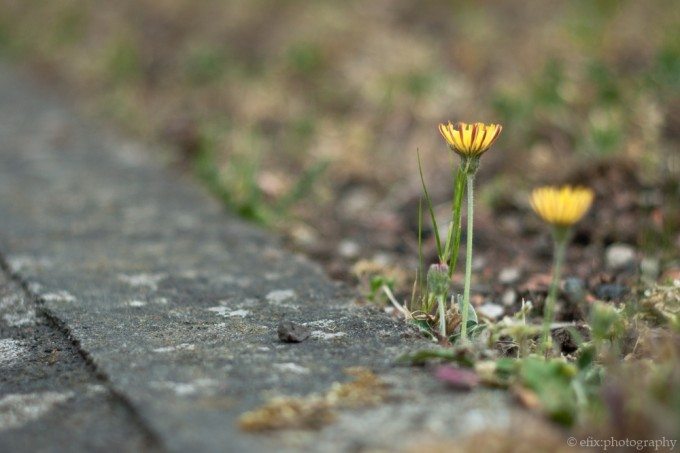
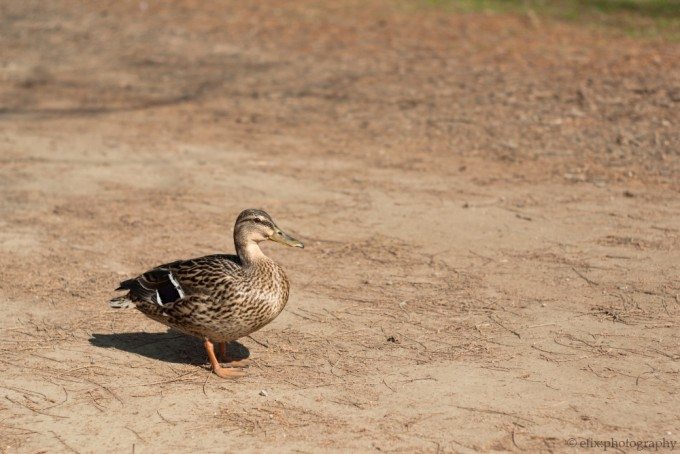

Please Support The Phoblographer
We love to bring you guys the latest and greatest news and gear related stuff. However, we can’t keep doing that unless we have your continued support. If you would like to purchase any of the items mentioned, please do so by clicking our links first and then purchasing the items as we then get a small portion of the sale to help run the website.


